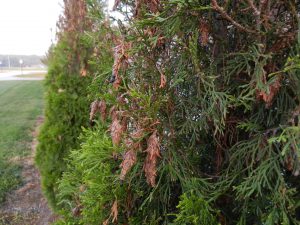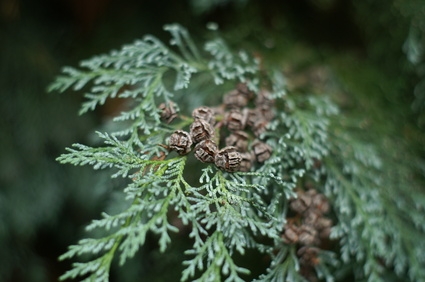Dollar Spot
Dollar spot appears as small spots, approximately the size of a dollar coin, that are bleached-white or light tan in color. On home lawns, the spots may expand in size up to 6” or more in diameter. The affected leaves typically remain upright and are characterized by having white or light-tan lesions with light reddish-brown margins.
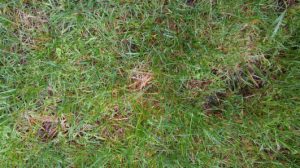
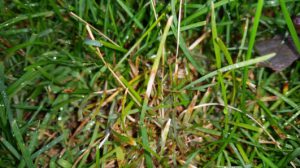
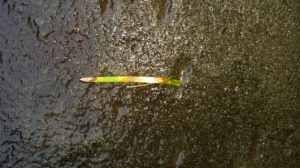
Red Thread
Red thread develops in circular or irregular patches from 4 inches to 2 feet in diameter. Affected leaves within these patches are tan or bleached-white in color. From a distance, the patches usually have a reddish appearance, due to the presence of thick, red strands of fungal growth emanating from the affected leaves. It is through production of these “red threads (sclerotia)” that the fungus spreads to healthy plants and survives unfavorable conditions.
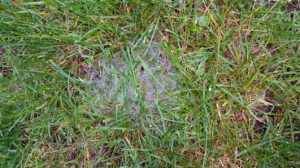
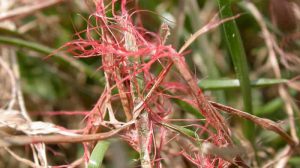
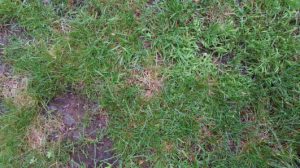

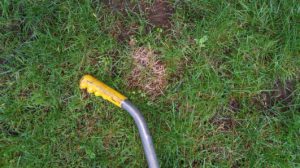
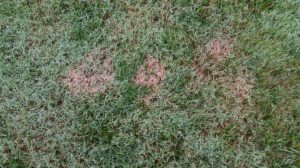
Mouse Eared Chickweed
Mouse Eared Chickweed is a broadleaf weed that normally acts as a perennial; however, it has the ability to act as a winter annual depending climate conditions. Mouse Eared Chickweed germinates by seed from late summer to fall or early spring. As long as cool climate conditions and moist soil persist, germination can also continue into the summer. Similar to common chickweed, its growth habit and capabilities to withstand low mowing practices make Mouse Eared Chickweed a prominent weed in home lawns.
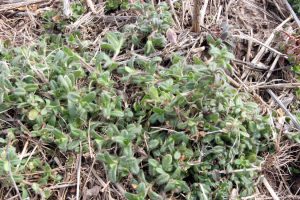
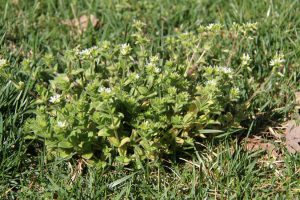
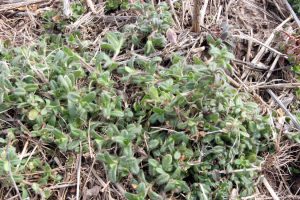
Arborvitae Diseases
Branchlet– the oldest branchlets turn brown in autumn and fall off. Branchlets are shed in autumn as a normal part of the plant development
Kabatina twig blight– tips of one-year-old branches die and turn brown or ash gray. These remain on the shrub for many months. Larger branches can be invaded or girdled. On the dead tissue where it meets the still-living wood, small, black, pimple-like fungal fruiting structures form.
Pestalotiopsis tip blight– twig tips turn tan to brown in color and have black, pimple-like fungal fruiting structures dotting their surface.
Phomopsis twig blight– tips of branches die and turn brown or ash-gray. These remain on the shrub for many months. Larger branches can be invaded and girdled. On the dead tissue where it meets the still-living wood, small, black, pimple-like fungal fruiting structures form. Kabatina and Phomopsis twig blight can occur on the same plant.

